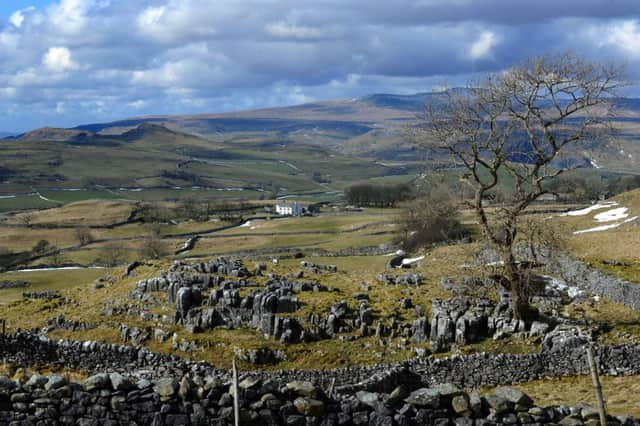'˜Working families are key to survival of Dales'


The planning document was published yesterday for public consultation, a month after the Park Authority’s chief executive, David Butterworth, described it as “by some distance the most important plan for the next five years”.
It includes proposals to retain primary schools, doctors’ surgeries and other essential amenities in the “service hubs” of Sedbergh, Hawes, Reeth and Grassington, and to press for the roll-out of better mobile phone signals and faster broadband.
Advertisement
Hide AdAdvertisement
Hide AdIt also supports the reinstatement of the former railway line between Skipton and Colne, and of the Wensleydale Railway from Redmire to Aysgarth, starting before 2024.
But it does not mention the controversial issue of second homes in the Dales. Two weeks ago, a divisive proposal to dramatically hike the council tax payable by the owners of such properties was abandoned following a vote by councillors in Richmondshire.
The report supports the building of 325 “new dwellings in a range of tenures, sizes and types by 2023”. The number represents the existing target of 55 new homes a year, adjusted for the areas added to the park’s boundary in August 2016.
It says the target is “an ambitious figure – well above the objectively assessed need” for new houses in the National Park – and warns that delivery will be “challenging as developable land is almost wholly privately owned, is not freely available or commands unrealistic expectations of value”.
Advertisement
Hide AdAdvertisement
Hide AdSeparately, the Housing Minister Dominic Raab said yesterday that changes to planning rules allowing farmers to turn agricultural buildings into as many as five homes would “reinvigorate rural communities and help to build a stronger, more sustainable countryside”.
Mr Raab said the proposals would give rural communities more options to convert agricultural buildings into family homes that would help them to better meet local housing needs.
His announcement that up to five new homes – instead of the current maximum of three – could be created from existing agricultural buildings on a farm, follows the Prime Minister’s announcement last week of a shake-up to planning regulations.
The Dales was said last month to be facing the biggest crisis in its history, as a combination of social and economic pressures led to warnings that a radical shift in policy was needed to preserve centuries-old rural life.
Advertisement
Hide AdAdvertisement
Hide AdMr Butterworth said at the time: “If we all want to see our communities prosper, we may have to be a little more thoughtful about how we live our lives.”
The plan, which promotes “self-reliant and balanced communities”, includes measures to counter the “disproportionately low number of younger, working age people” – a figure said to be around half the national average.
There are also proposals to make the Dales more attractive and accessible to communities who do not currently visit the area, including “minority ethnic groups and older people with physical or mental difficulties”.
The plan, which is the work of 16 public, private and voluntary organisations, also calls for the development of new events, festivals and attractions “based on the Park’s special qualities”.